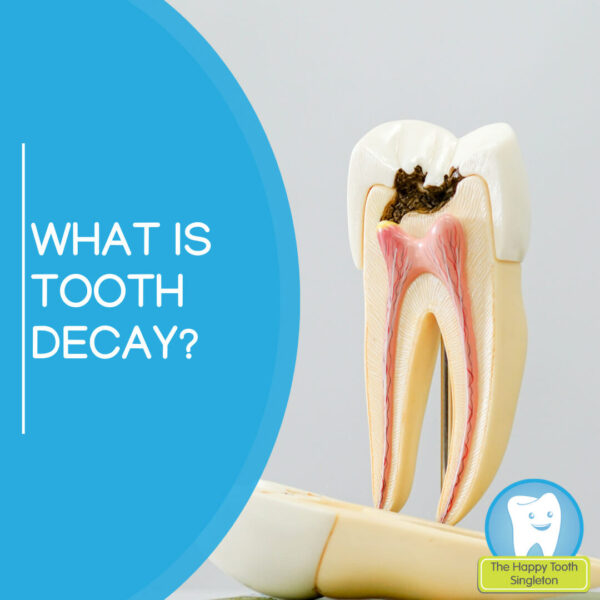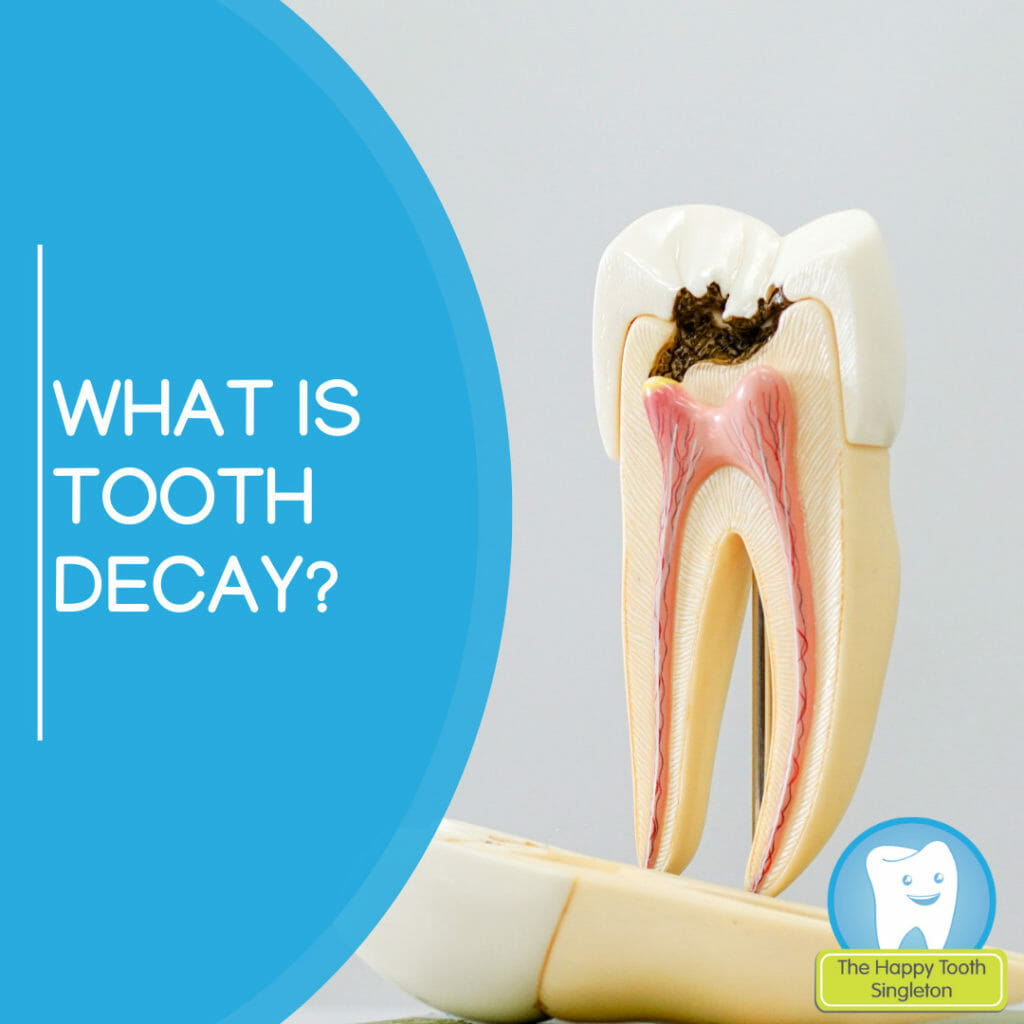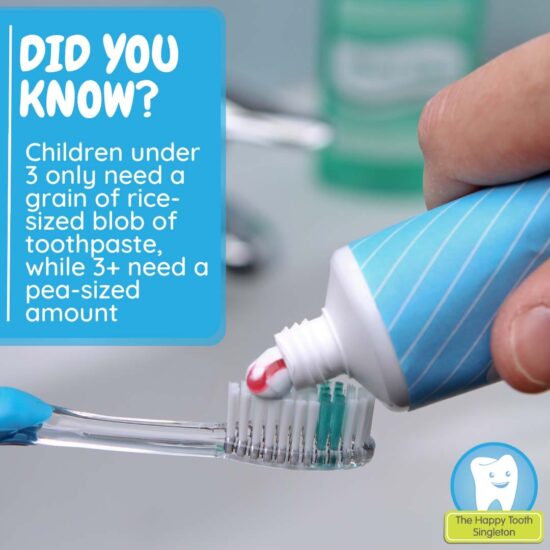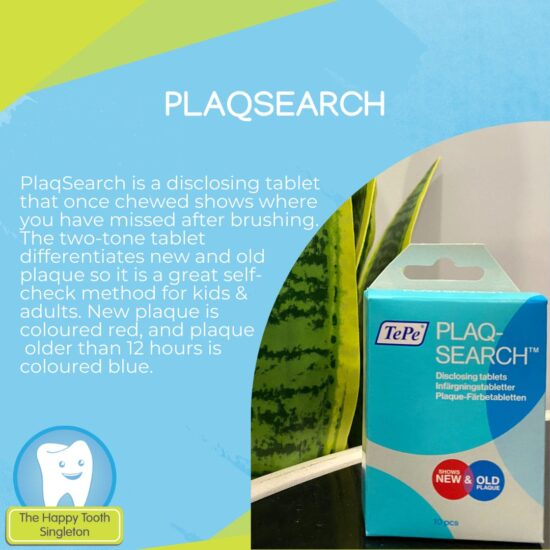The mouth is home to millions of bacteria, from the good to the not-so-good types. One of the most common tooth-decay-causing bacteria creates an acid from the sugar found in the foods and drinks we consume, which then affects the tooth’s structure by dissolving the minerals from inside the tooth, causing a ‘hole’.
Unfortunately, tooth decay is the most common chronic disease in Australia, with 1 in 3 children already having a hole in a baby tooth by the age of five and 1 in 3 people over the age of fifteen having untreated tooth decay.
The good news is it is preventable! It’s all about balance, there are many factors that can increase the risk of tooth decay, but there are also many ways to prevent and decrease the risk.
Factors that increase the risk of tooth decay:
- Poor oral hygiene
- Hidden sugars in foods and drinks
- Frequent snacking
- A diet filled with sugary foods
- Decay-causing mouth bacteria
- Reduced saliva
Factors that protect and decrease tooth decay risk:
- Brushing twice per day
- Using a fluoride toothpaste (After brushing, spit out the excess toothpaste but DON’T rinse)
- Cleaning between the teeth daily using floss or interdental brushes
- Eating a healthy, balanced diet that is low in added sugars
- Visiting the Dentist regularly
The tooth essentially has three layers: 1st is the outer layer – Enamel, 2nd is the middle layer – Dentine & 3rd is where the nerve of the tooth is – Pulp. If tooth decay is caught early enough and is only in the enamel, your Dentist may be able to advise you on how best to prevent it from developing further. Once decay reaches the second layer of the tooth, it will require a filling & if the decay develops into the third layer, a more in-depth treatment such as root canal treatment or having the tooth removed is required.




